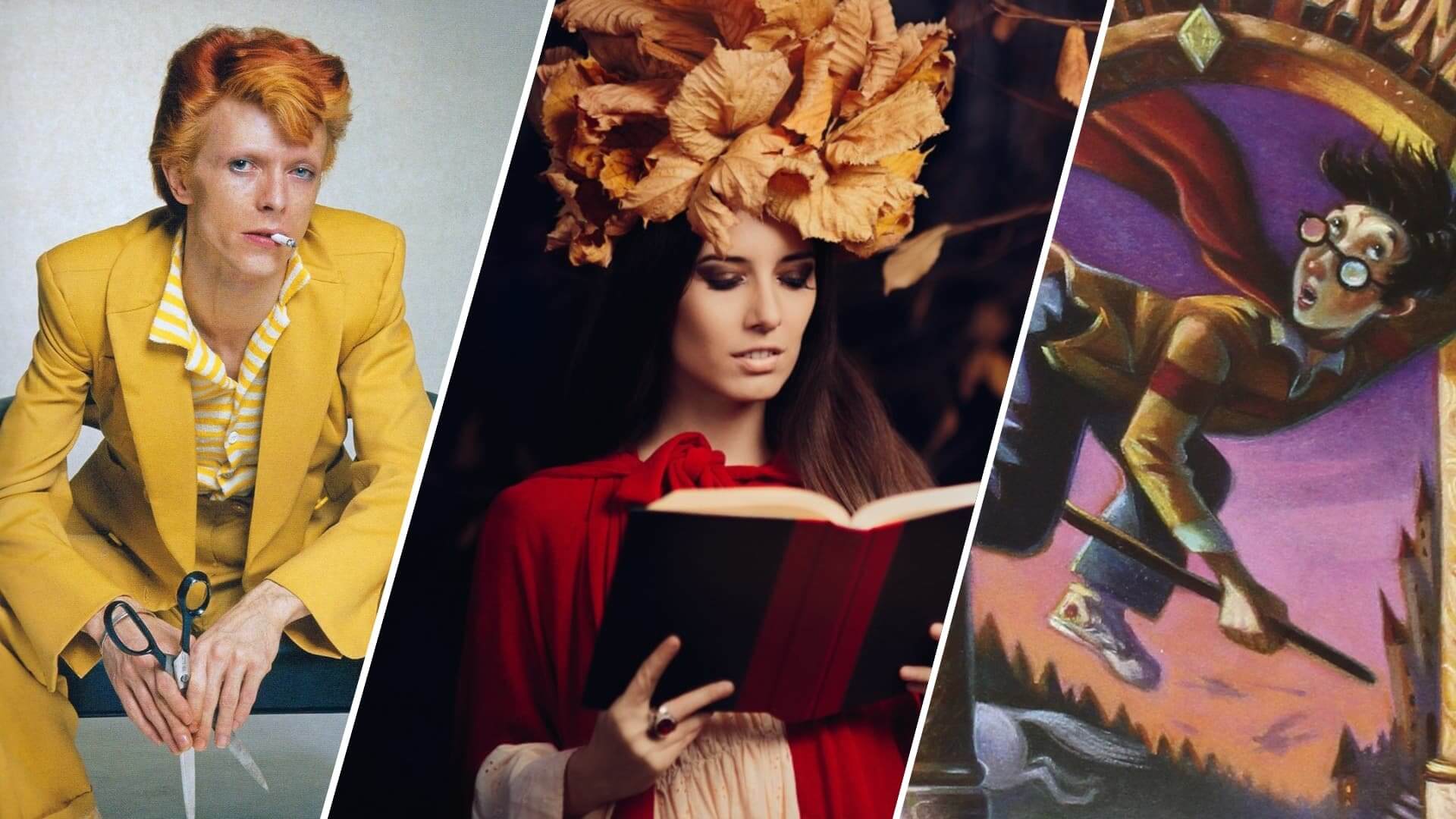It’s not so much that there are different types of personas so much as there are different interpretations of the word. An artist’s persona, a literary work’s personae, or the persona a writer takes on in a written work. So what is a persona exactly? And how do you know when you’re looking at one? Take a look at our definition and examples below to learn why all of these interpretations are correct, and how they each influence art of all media.
What is Persona?
First, let’s define persona
We run into different personae on a daily basis. Whether through the art we consume or the people we meet. But if you need to define it more concretely, here’s what we suggest:
PERSONA DEFINITION
What is a persona?
A persona is typically the person understood to be speaking or narrating a given work. The persona is often intended to be someone other than the author of that work, even if we never learn who the persona is. The persona, pluralized as personae or personas, is a chosen voice by which a work or story is told, always for a storytelling purpose. A persona can also be a character or mask someone (like a performer, for instance) puts on for the purpose of elevating their work and/or concealing their own identity.
Persona examples:
- A book’s narrator
- Beyonce’s alter ego Sasha Fierce
- Public-facing behaviors and personalities which may shift depending on whom you are surrounded by
Implementing personae is a common literary tool. In fact, it's so common that you’ve likely seen it a million times and had no idea (especially if you’re an avid reader). In literature, a persona is frequently the voice by which your narration is told. Consider for example the Harry Potter book series.
Clearly, the novel is written by J.K. Rowling. However, the voice explaining the action is not J.K. Rowling herself. It’s never revealed who the voice is, nor is it meant to be any kind of mystery necessarily. But we know the voice is not Harry’s (or any other character’s for that matter). We also know it is not intended to be Rowling’s.
Rowling is not meant to be an omniscient witness to the events of Harry’s life. Therefore, the voice of the narrator is a conduit for the reader. Sometimes, the narrator will be a character from the story (whether a reliable narrator or unreliable narrator), but if not, you’re reading through the author’s persona.
This is the more common interpretation of personae as a literary device. Check out the video below for more on how else it translates into other written works.
Persona as a Literary Term
As you can see, persona comes into play with poetry, just as much as it can with works like novels and even lyric-writing. This can perhaps be attributed to the notion that much of our storytelling norms come from Aristotle’s Poetics. In that book, Aristotle emphasizes the importance of an artist separating themselves from their work in order to lend every part of their efforts, and thus themselves, to their story. Which brings us to the next section.
Characters or Personae
Persona as a character
A number of iconic performers would do Aristotle proud. And that’s because this concept is very popular with musicians in particular. What’s particularly interesting is that artists carry out their personas in their own special way, never necessarily beholden to a set of rules or norms.
For example, Lady Gaga is Stefani Germonatta’s stage name. Whether she is in a film or in concert, Lady Gaga is the name in lights (or credits), not Stefani Germonatta. David Bowie took on a whole new persona for each era of his music. In fact, he may be responsible for some of the most iconic performer personae of all time.
Check out this video to see how these identities were integral to his career.
David Bowie's Personae
Of course, many of us don’t necessarily utilize persona on David Bowie’s level (no matter how much we wish we could). But, as human beings, we inherently understand the concept of identity. In this way, characters within our own works would understand the concept of persona as well.
Persona is, at its core, the fact that humans behave a certain way. Our actions, our personality, our “mask” is our persona, which can change depending on whether we are alone, with parents, with coworkers, or with friends. But just because our persona can change, doesn’t mean it always will. Your characters also fall somewhere on this spectrum, so it’s worth considering when you’re designing your characters or narrators.
Up Next
What is Personification?
You’ve mastered persona, but don’t get it twisted: personification is its own thing entirely. Click the link below to learn about personification, and understand how it fits into your literary technique arsenal.
